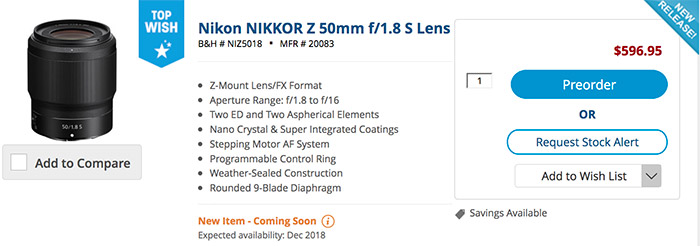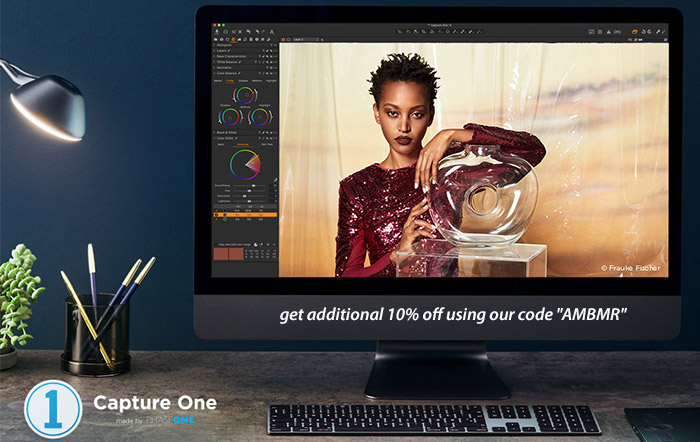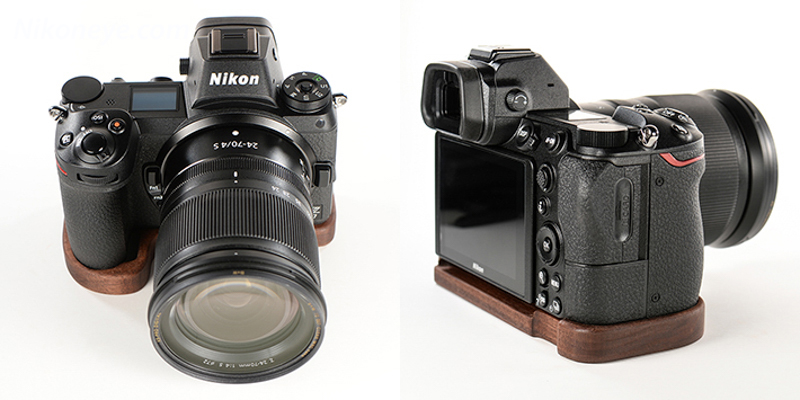DPReview TV: Nikon Z6 & Z7 for Video
Following up on their review of the Nikon Z7’s still photo capabilities, Chris and Jordan take a look at the Z7 and Z6 for video shooting. Both cameras – particularly the Z6 – represent a huge step forward for Nikon in terms of video, but Jordan doesn’t think they’re quite ready to be your primary video camera.







